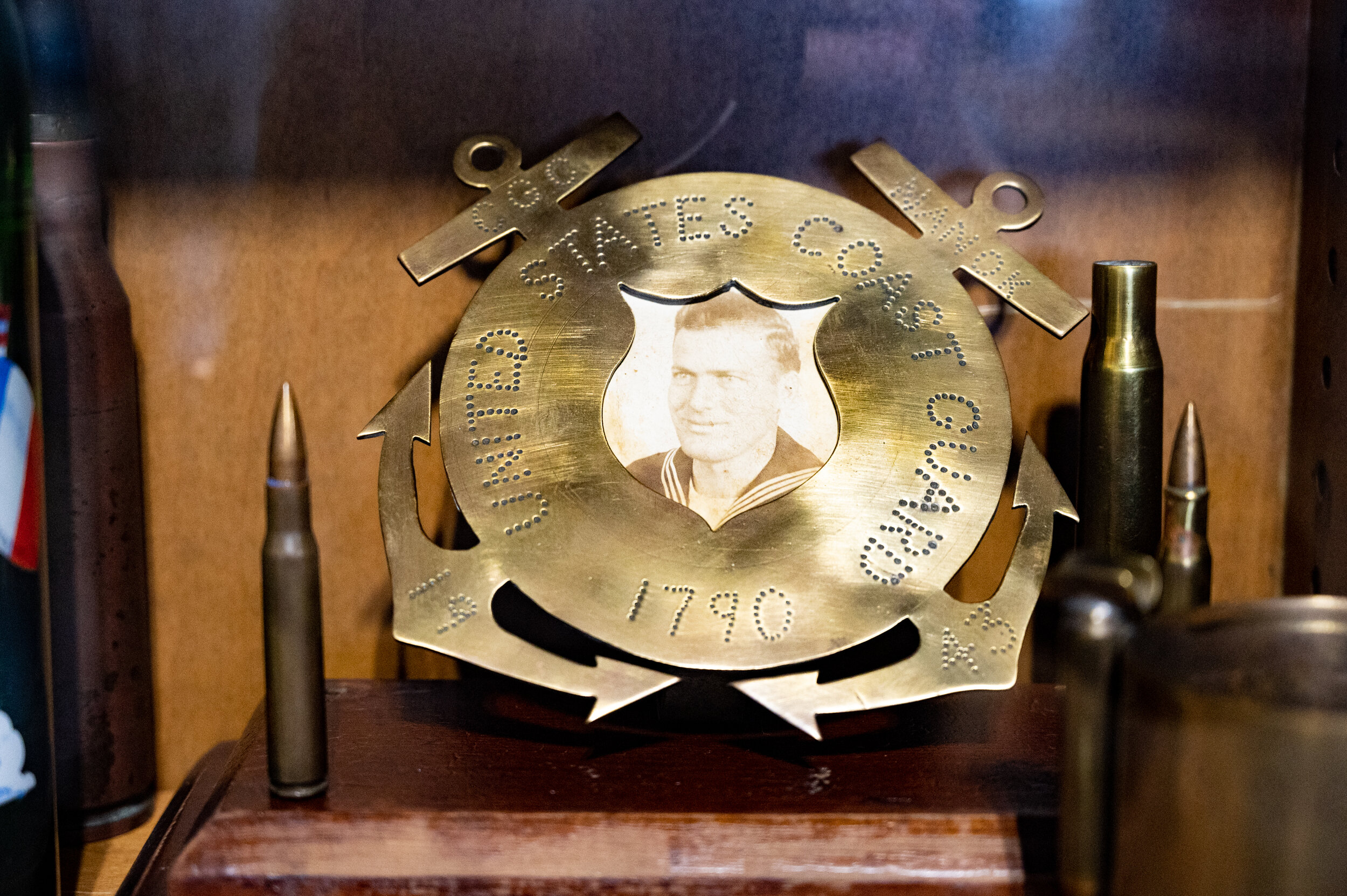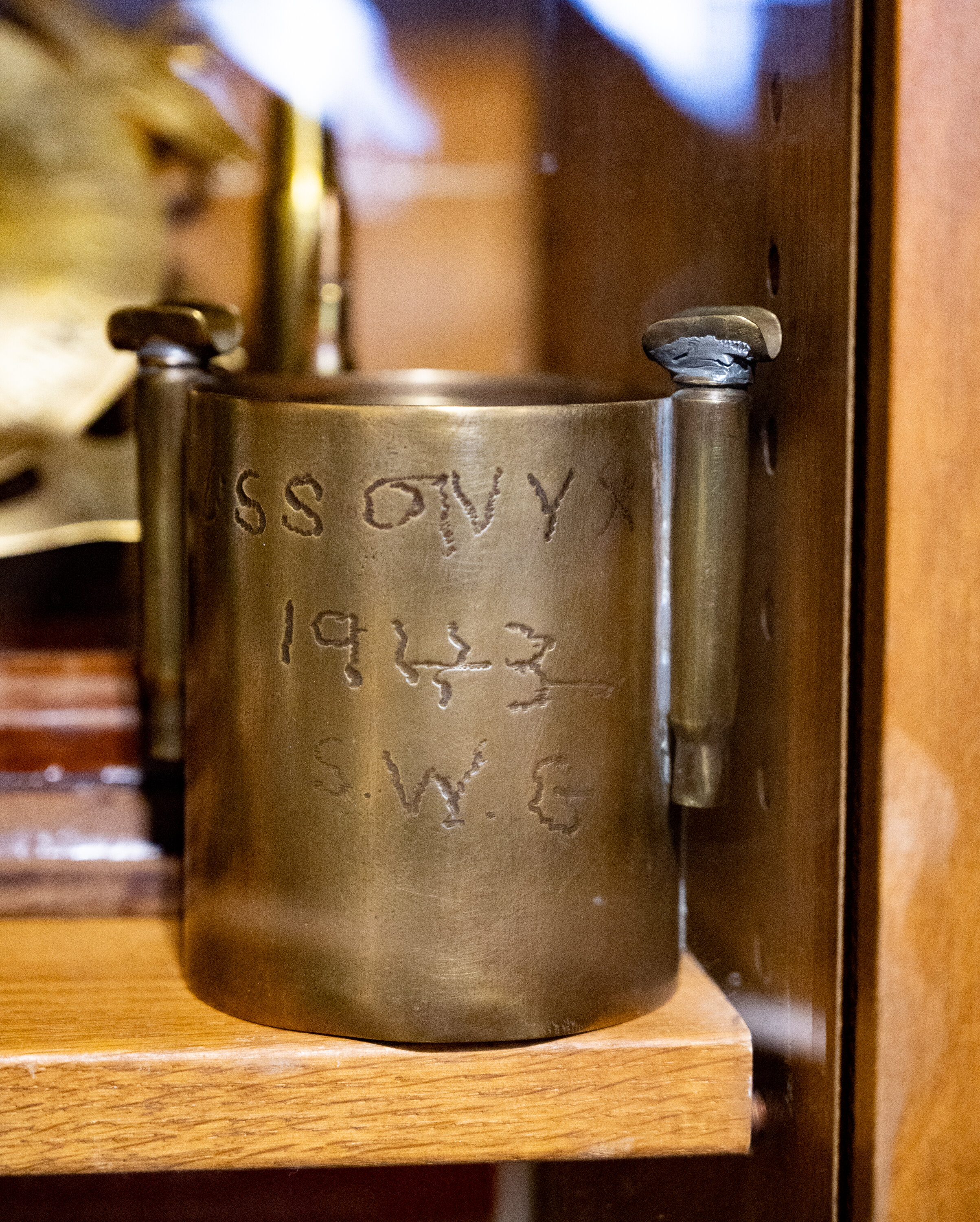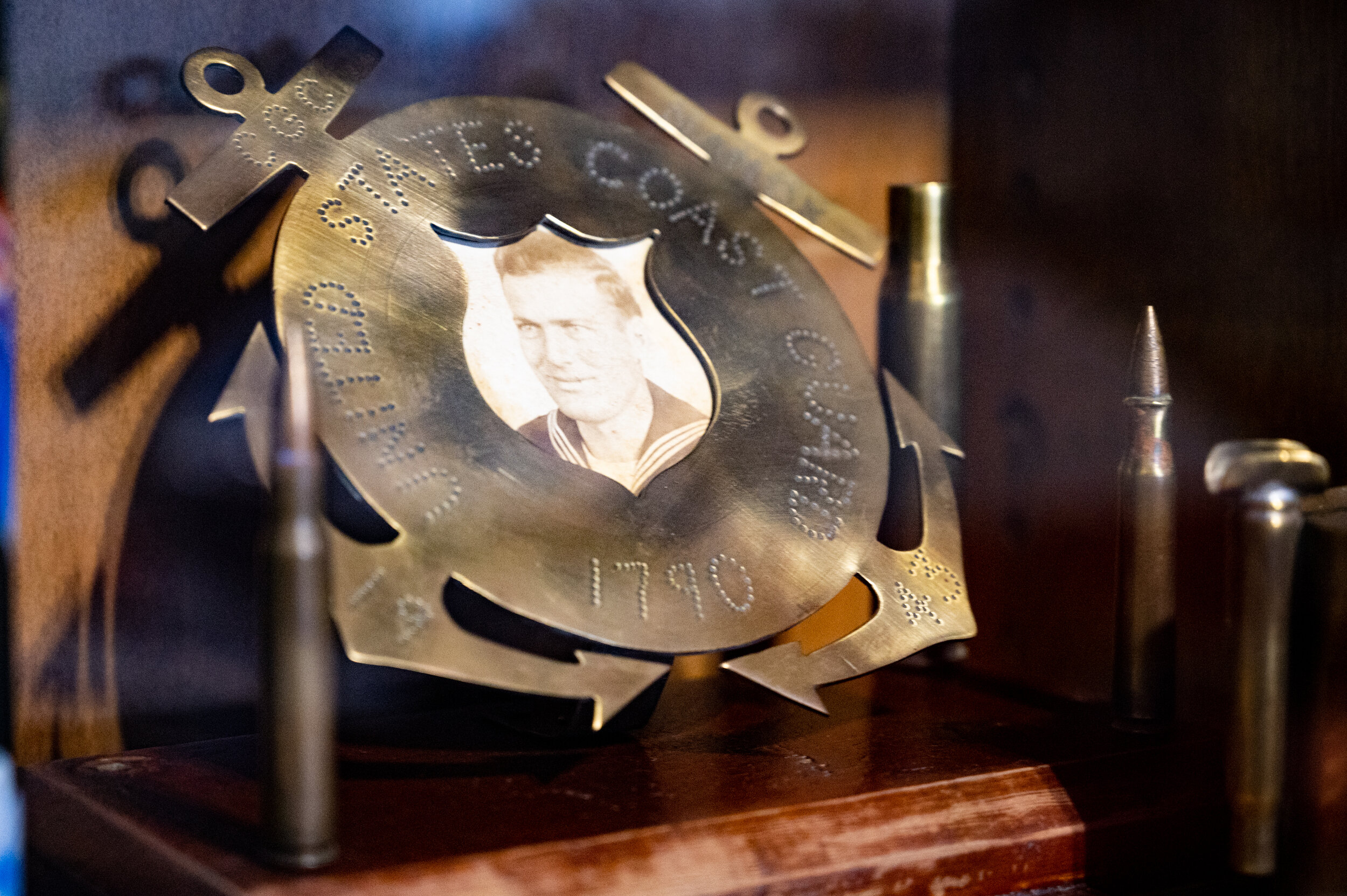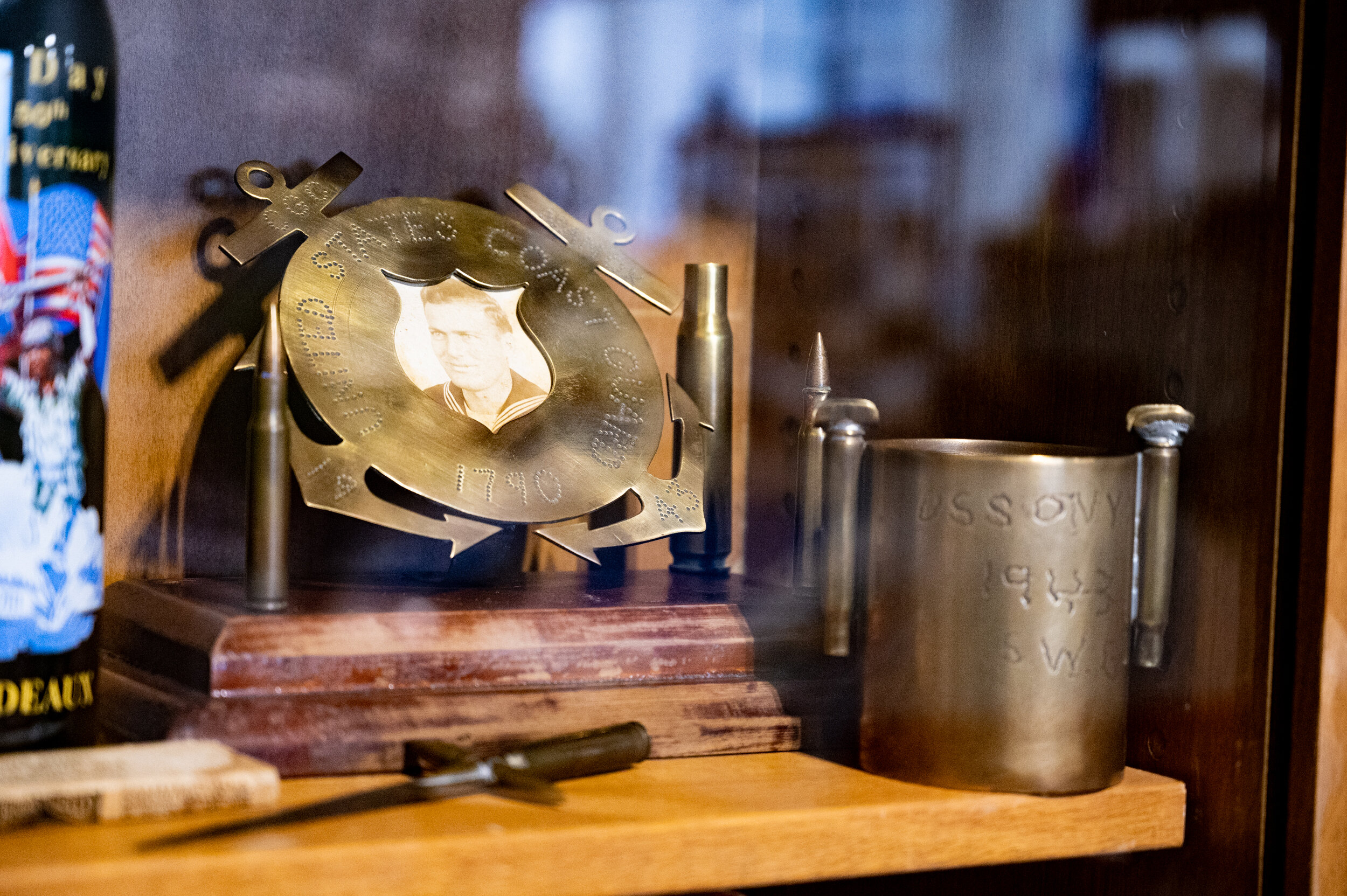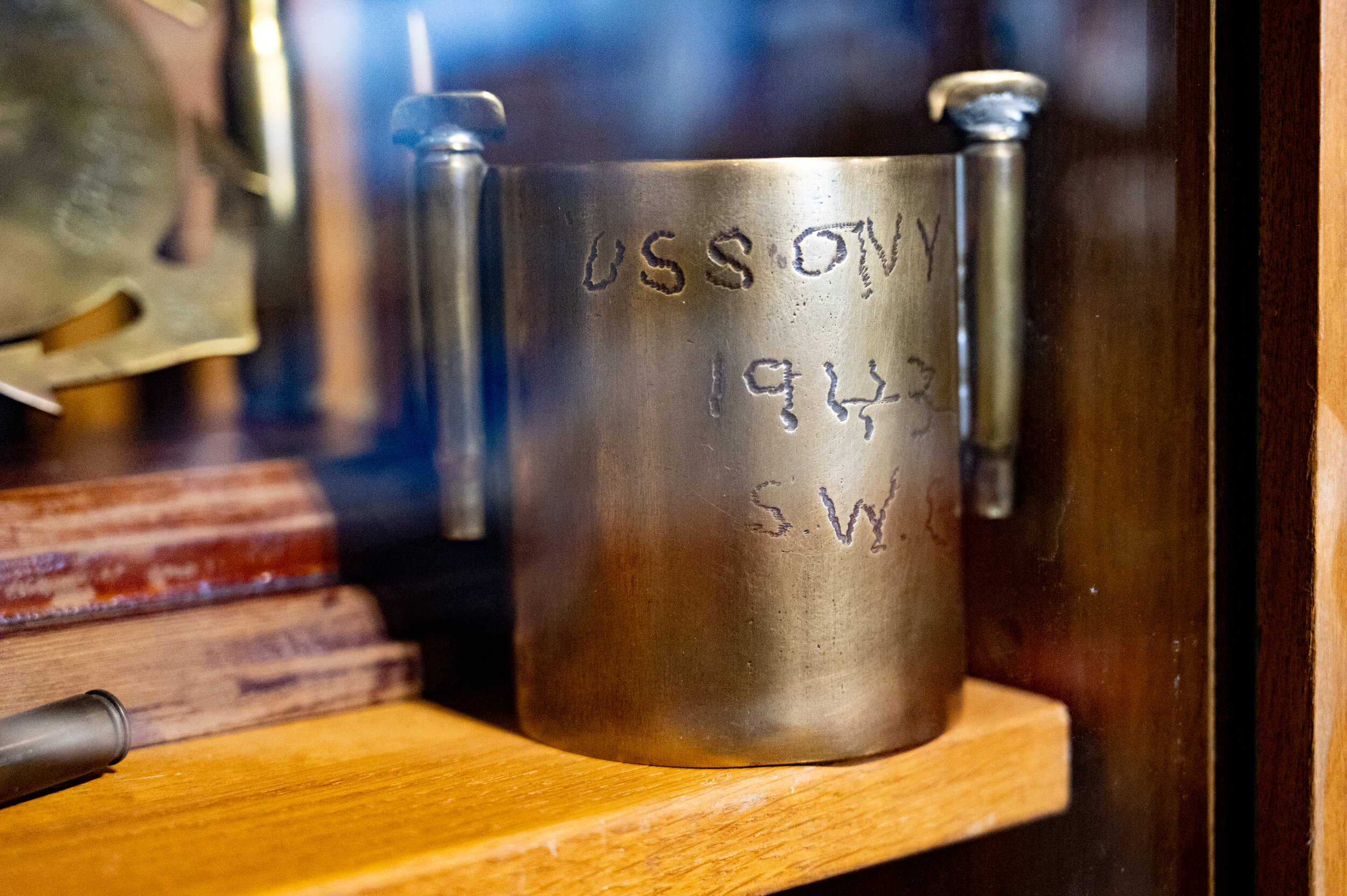Trench Art
/From the earliest days of wars in American history, soldiers sought out an escape from the pressure, exhaustion, and cruelty of the battles around them.
Sometimes, that escape came in the form of creative, artistic outlets that served a twofold purpose: to make the most of one’s free time, and to produce souvenirs to bring back home to the United States as a reminder of one’s service to the nation. In some cases, soldiers even created such art to sell to raise funds for their families.
One of those creative outlets is trench art, a form of expression that involves using any form of combat equipment like shell casings and bullets to create a piece of art that serves as a wartime keepsake. The practice of producing trench art dates back to some of the earliest wars of Western civilization, but it ultimately gained popularity during World War I.
The Regional Military Museum is proud to display several pieces of authentic trench art in its exhibit, including a dagger, a picture frame, and a cup created during World War II.
Trench art took on numerous forms for soldiers throughout history, varying in materials, size, methods of production and more. The end results ranged from items as small as picture frames to those as extensive as cigarette cases.
While shell casings were the most popular materials used to product trench art, soldiers made use of other debris such as rifle cartridges and scrap metal left on battlefields.
Trench art also extends to include engravings and carvings of soldiers’ personal belongings like canteens and helmets, as well as art created by prisoners of war.
Some soldiers used simple carving techniques to etch embellishments like floral designs or unit identifications into scrap materials, while others aimed to shape their pieces using hammering techniques.
For example, one piece of trench art displayed at the museum is believed to be made from the bottom of a 105MM artillery shell and 30 caliber bullets. To produce such a piece, the shell would need to be flattened out and hammered with a hammer and nail to achieve the desired effects.
It is important to note that trench art was not made in the trenches, despite its given name. Rather, soldiers often produced it behind the trenches of the front line during rest periods from battle. In addition, a large portion of trench art still preserved today was produced in between wars with the purpose of being sold to raise money.
Today, remnants of trench art developed throughout history offer a unique glimpse of the life of a soldier. One one hand, it reveals that fighting was not the only part of a soldier’s life overseas: there were moments in between battles where camaraderie and creativity could be found. On another hand, it allows outsiders to see the personalities, interests, and talents of the brave heroes who fought so tirelessly for the freedoms promised by the U.S.
To view pieces of authentic trench art, visit the Regional Military Museum’s WWII exhibit.
Additional Sources
https://web.archive.org/web/20010302124109/http://www.trenchart.org/
https://airandspace.si.edu/stories/editorial/280-artist-soldiers-trench-art
https://web.archive.org/web/20160302102245/http://www.mayawomba.com/
https://web.archive.org/web/20160419121657/http://www.mayawomba.com/the-making-of-trench-art

